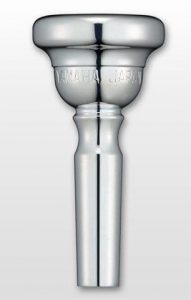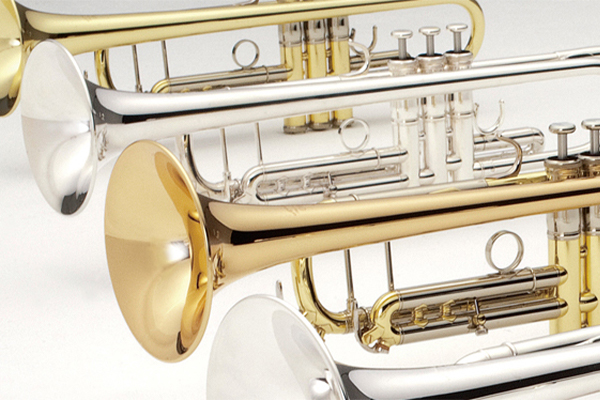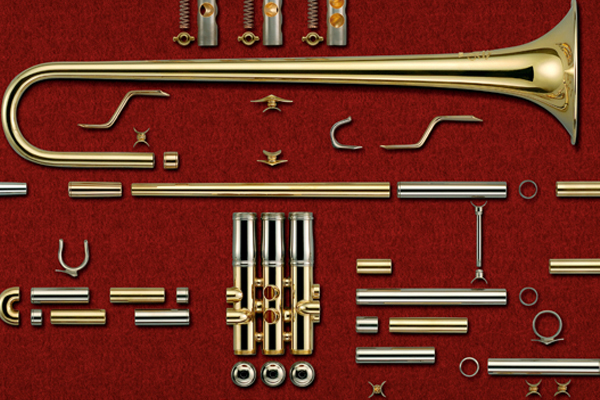How to Clock Your Mouthpiece
Here’s an easy way to improve your brass performance and consistency.
Brass players are always looking for ways to be more consistent and to improve their performance. Not enough can be said about the value of hard work and practice, but there is a simple procedure that will improve your instrument’s response and tonal quality, in addition to helping players be more consistent. It does not involve any tricks or accessories, nor is it even difficult to do.
What’s the secret? Simple: Clock your mouthpiece.
Why Is It Important?
Your mouthpiece and the way it is set into a receiver has a large impact on how an instrument develops sound. Most players just take their mouthpiece, plug it in, and play. But how it is inserted in terms of its rotational position can make a big difference sonically … and that’s what “clocking” a mouthpiece is all about.
Let’s start with the basics. In a brass instrument, sound energy is created by the player buzzing into the mouthpiece cup. This energy then travels through the mouthpiece before entering into the instrument’s leadpipe. The rotational position of your mouthpiece will affect the amount of sound energy, response, and even the amount of harmonics present in the sound. In a favorable rotation, more of the sound energy is used to develop sound, hence greater efficiency; in a less favorable position, there is less efficiency, meaning that the sound energy is dampened. Dampening slows response, lessens clarity, and reduces the number of harmonics defining the sound, thus making it less bright.
For every player, there is a mouthpiece rotational “sweet spot.” When you find that sweet spot, you are discovering the most efficient way to play your instrument. Most musicians honestly do not know how well their instrument can perform until they discover the optimum mouthpiece rotational position via a procedure called clocking the mouthpiece.
How to Clock Your Mouthpiece

The first step is to pick an identifying mark or stamp on your mouthpiece. This can be the first letter of the manufacturer’s name or a number that indicates the size. Next, you’ll be playing a short selection of music (such as a scale or étude) repeatedly as you rotate the mouthpiece to different clock positions. Start with your mark at the 12 o’clock position and play your selection, then rotate to the 3 o’clock position while paying close attention to the response and sound. (It can be helpful to have someone else listening during the test, as judging your own sound can be difficult.) Repeat this process, going between the 12 and 3 o’clock positions to understand the difference between the two. You will find that one position plays and sounds better. (Most players are surprised at this; even professional musicians often cannot believe there is a difference.)
Once you decide which one is better, continue the process, this time comparing between the 3 and 6 o’clock positions, then the 6 and 9 o’clock positions, and finally, the 9 and 12 o’clock positions.
Next, with your mouthpiece at the best rotational position you’ve discovered, try playing a musical phrase you find challenging. You should soon learn where you play the best — and, more importantly, which rotational position is the most difficult for you. No one purposefully sets out to make their instrument harder to play, but you may have been doing this inadvertently for years without knowing it!
We have found one consistent thing about clocking a mouthpiece: When a player finds a favorite spot, the next favorite spot will invariably be directly opposite (that is, 180 degrees away). Conversely, the two spots 90 degrees from the best one (i.e., a quarter turn left or right) are normally the ones that are harder to play.
The benefit in clocking your mouthpiece goes back to what we discussed earlier, about the way that sound energy is generated. Controlling that energy flow and maximizing its efficiency will enable you to play even better!
Click here for more information about Yamaha mouthpieces.















